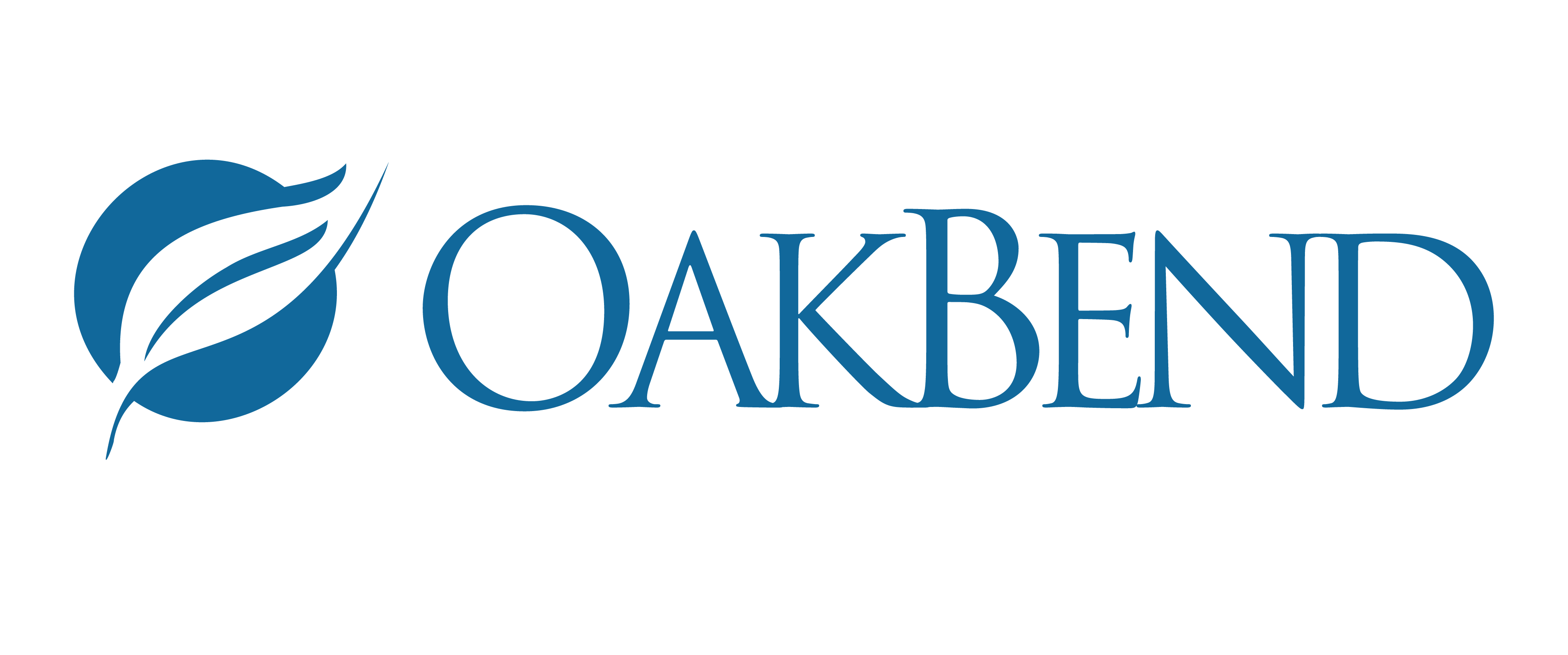Tailored for women’s needs, our dedicated department promises a comforting and welcoming environment. We offer advanced breast screening and diagnostic procedures, including cutting-edge 3D imaging technology with our mammography machine. Additionally, we proudly feature a state-of-art bone density scanner for precise bone health assessments. Staffed by experienced physicians, female mammographers, and skilled technicians, the Women’s Imaging Department ensures top-notch care with the latest advancements in technology.
Women’s Imaging Services
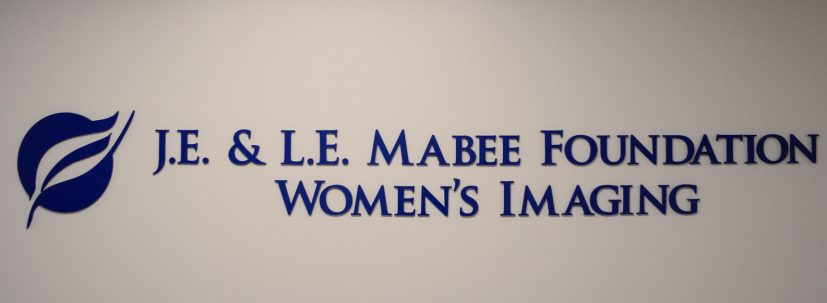
Services Offered:
Mammography
Mammography is a specialized medical imaging technique used for the screening and diagnosis of breast cancer and other breast abnormalities. It involves taking X-ray images of the breast tissue to detect early signs of cancer, such as tumors or micro calcifications. Mammography is the most effective method of early detection, identifying cancer in its treatable stage. Women 40 and older should include a mammogram as part of a yearly physician routine.
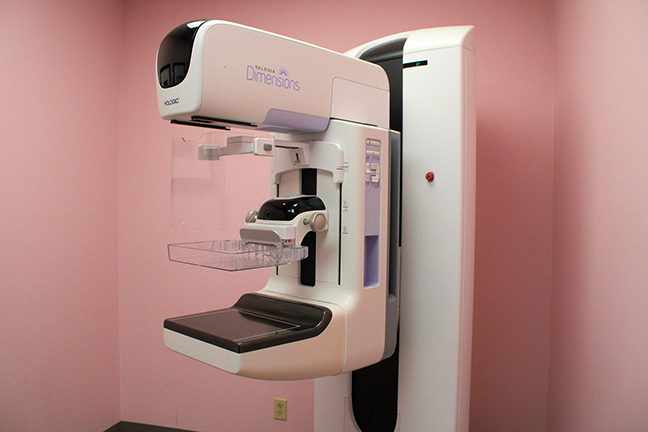
Breast Ultrasound
Breast ultrasound may help to determine if an abnormality is solid (which may be a non-cancerous lump of tissue or a cancerous tumor) or fluid-filled (such as a benign cyst). Ultrasound can also assist in showing additional features of the abnormal area.
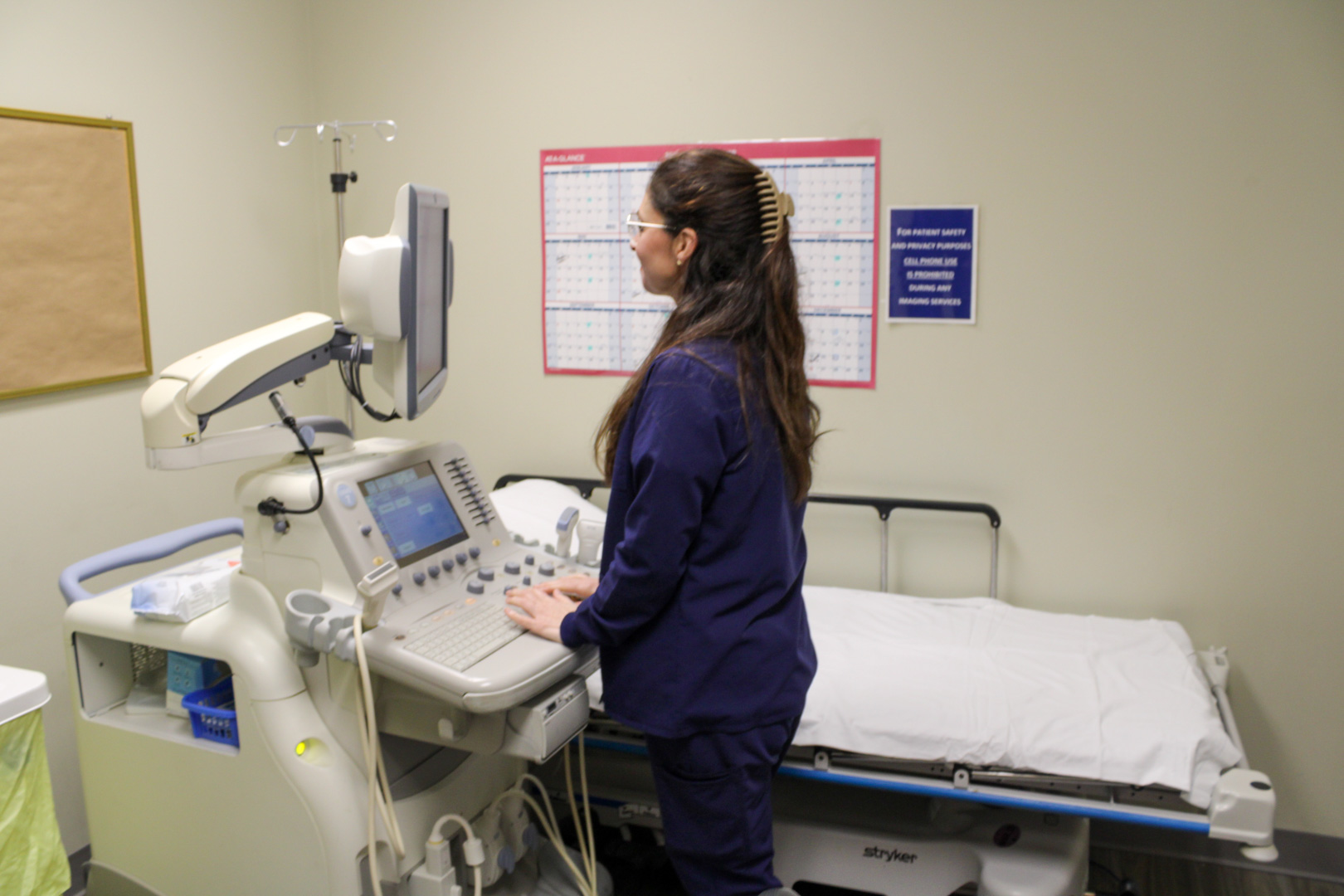
Bone Density Screening
A bone density exam, also known as bone densitometry or dual-energy X-ray absorptiometry (DXA or DEXA), is a diagnostic test used to measure the strength and density of bones. It primarily evaluates the mineral content and density of bone tissue, providing information about bone health and the risk of fractures. This study is useful for prevention, detection and treatment of osteoporosis in women.
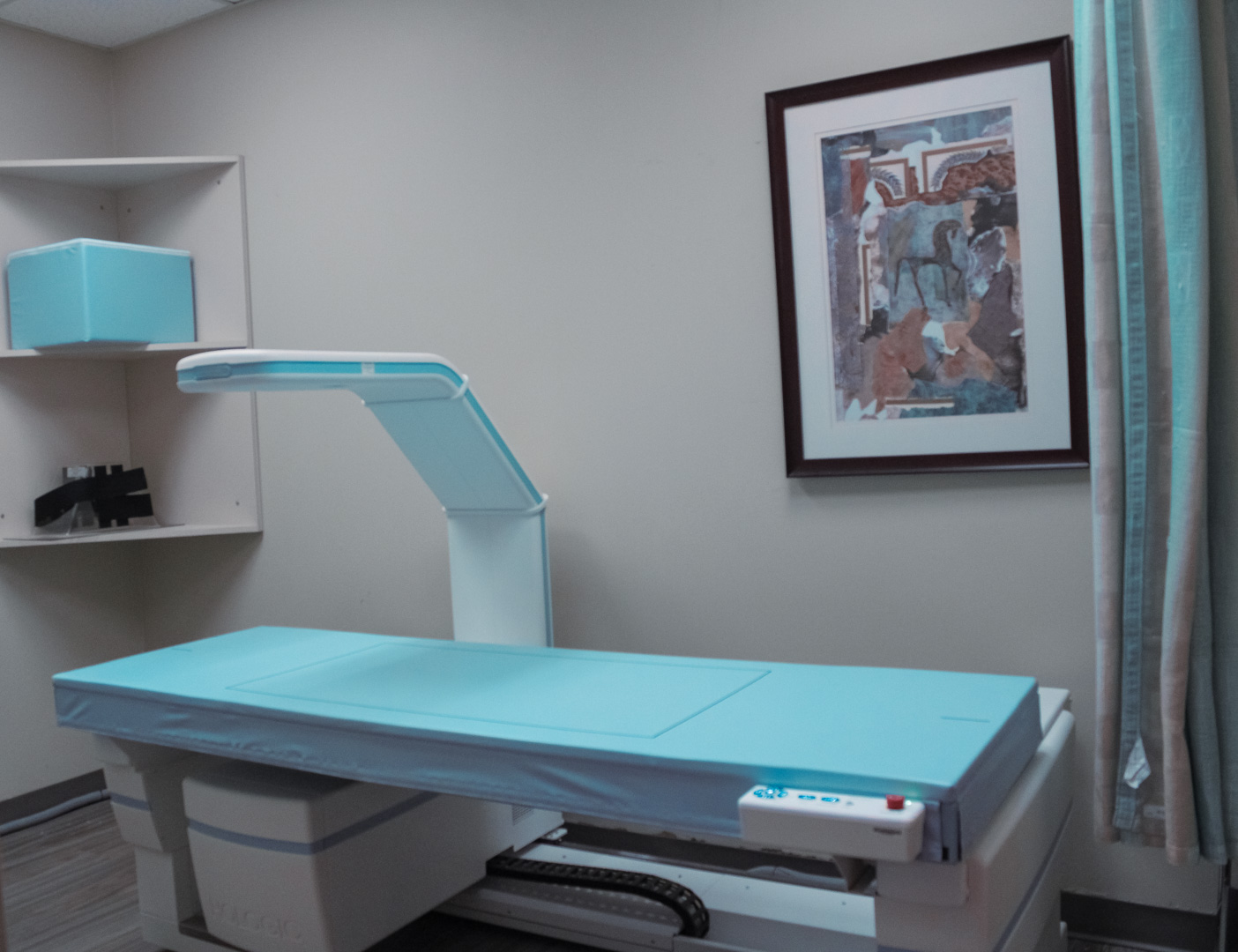
Resources:
OakBend Medical Center – Jackson Street
Women’s Imaging Department
1705 Jackson Street
Richmond, Texas 77469
Phone: 281-341-2836
Fax: 281-341-2818
